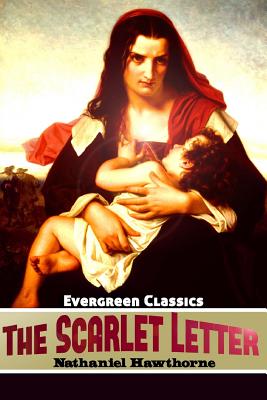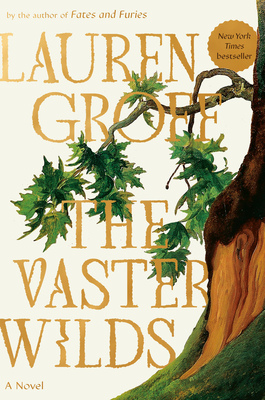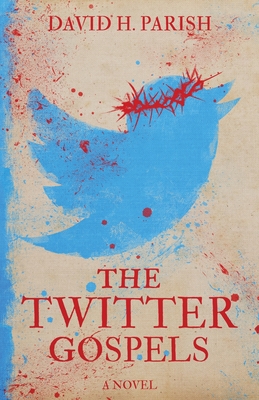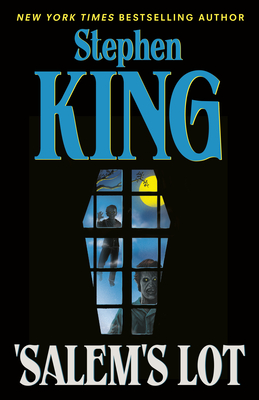
The Scarlet Letter (Best Novel Classics #83)
Description
Classics for Your Collection:
goo.gl/U80LCr
---------
In June 1642, in the Puritan town of Boston, a crowd gathers to witness the punishment of Hester Prynne, a young woman found guilty of adultery. She is required to wear a scarlet "A" ("A" standing for adulteress) on her dress to shame her. She must stand on the scaffold for three hours, to be exposed to public humiliation.
As Hester approaches the scaffold, many of the women in the crowd are angered by her beauty and quiet dignity. When demanded and cajoled to name the father of her child, Hester refuses.
As Hester looks out over the crowd, she notices a small, misshapen man and recognizes him as her long-lost husband, who has been presumed lost at sea. When the husband sees Hester's shame, he asks a man in the crowd about her and is told the story of his wife's adultery. He angrily exclaims that the child's father, the partner in the adulterous act, should also be punished and vows to find the man. He chooses a new name - Roger Chillingworth - to aid him in his plan.
The Reverend John Wilson and the minister of Hester's church, Arthur Dimmesdale, question the woman, but she refuses to name her lover. After she returns to her prison cell, the jailer brings in Roger Chillingworth, a physician, to calm Hester and her child with his roots and herbs.
He and Hester have an open conversation regarding their marriage and the fact that they were both in the wrong. Her lover, however, is another matter and he demands to know who it is; Hester refuses to divulge such information.
He accepts this, stating that he will find out anyway, and forces her to hide that he is her husband. If she ever reveals him, he warns her, he will destroy the child's father. Hester agrees to Chillingworth's terms although she suspects she will regret it....
Themes in Hawthorne's The Scarlet Letter include isolation, hypocrisy, the nature of evil, the role of a woman in society, the destructive power of guilt, revenge, and the pressures society places on individuals to conform. Symbolism is another literary device prevalent in the novel. Examples include the scarlet letter itself, the brook, the roses, and Pearl's name. These literary devices and Hawthorne's plot continue to resound with readers, allowing the novel to remain popular with readers today.
Hawthorne has such an impressive command over the language. The eloquence of his language carries such depth that it's like reading poetry.
Scroll Up and Grab Your Copy.




























